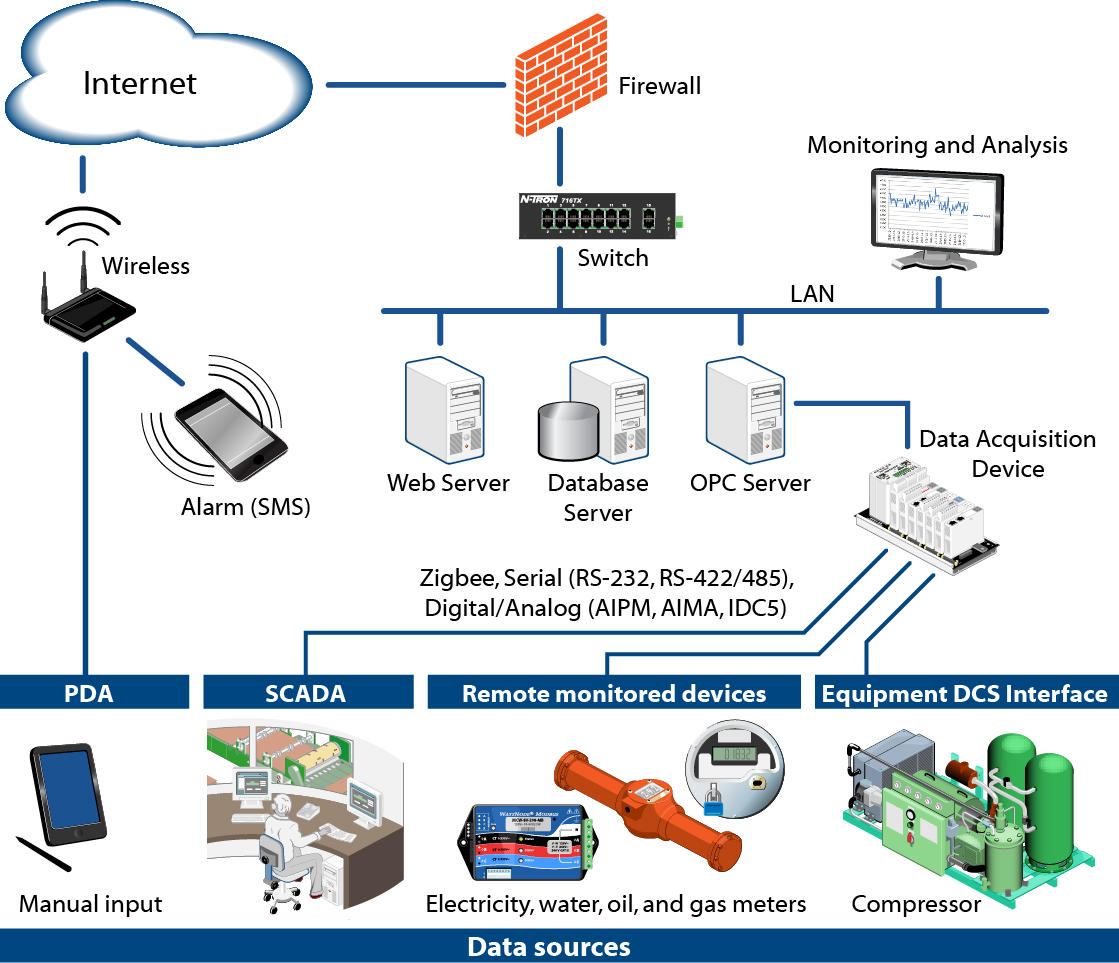By Richard Clark, InduSoft
The University of Texas at Austin campus is large — something on the order of a small city. The campus has every type of physical environment imaginable. From Opera Halls to Football Stadiums. From Foreign Language Classrooms to Research Laboratories. From Restaurants to Hospitals and Medical Training Facilities. Now imagine having to provide for all that, steam for electricity and heating, chilled water for cooling, emergency power, deionized water and pressurized air for an area of buildings, offices and classrooms covering an area of 17 million square feet.
In an interview with Juan Ontiveros, Executive Director, “We had a manual process for taking meter readings. The infrastructure was built using PLCs and smart electric meters and networking them around Campus. Data gathering from these devices began in 2006 originally using OPC DA technology and a process historian that the Department already owned. MS Excel was used to run energy reports off the historian. It was a very expensive time-consuming and labor intensive process, taking sometimes weeks to produce a bill for just one of the buildings.”






